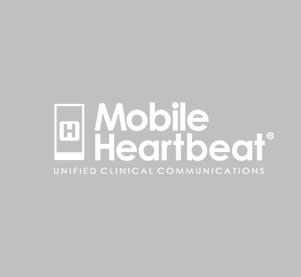When I am not traveling, I start my day by riding my mountain bike, and I hit a pathway used by the local high school kids as they are walking to school. They are on both sides of a narrow, paved bi-directional path with a white line dividing the lanes (like the freeway, but without the gridlock traffic I experience in Southern California on any given day. Including weekends. But that’s another rant).
I spend most of my ride slowing and warning the students that I’m coming, with a calm (but urgent) shout of “RIDER!” as I approach. Not because they’re engrossed in conversation (even though they are literally elbow-to-elbow with their peers, in clumps, like random grapes on a vine in late summer), but because they are head-down, oblivious, tapping and staring at their smartphones – communicating with people, Facebook, Twitter, Instagram, flickr (hopefully not Ashley Madison) and any number of other sites popular these days. Interestingly enough, a REALLY great conversation is probably available with the guy or girl immediately to their right or left, but apparently that idea hasn’t occurred to any of them.
Seriously, according to a 2015 Pew Research Center report, 88% of U.S. teens have access to a smartphone, and 91% of U.S. teens go on the Internet via a mobile device. 92% of U.S. teens go online daily, and 91% of U.S. teen cell owners use text messaging with an average of 30 texts per day.
Why, in our industry, are the actions of a bunch of High School kids important? Because THEY are the future of the work force. THEY will be the doctors and nurses walking the halls of your hospital, expecting the same level of immediate communication they have grown up with. THEY are the decision-makers consuming data faster than prior generations thought possible, and THEY are the ones expecting data to be there (without excuses) when they want to consume it.
We already see this trend in healthcare – physicians, nurses, technicians, and other clinicians use their personal devices for unsecured, non HIPAA-compliant text messaging. And they are becoming the predominant means of communication because they’re fast, easy, and you don’t have to stop what you are doing to communicate. This trend will grow exponentially over the next decade.
Secure HIPAA-compliant text messaging is one feature of a complete Unified Clinical Communication platform running on smartphones that will eventually become the standard for modern healthcare providers. THAT’S what is needed in our healthcare workforce today.
Otherwise, we are just weaving around them, with a calm (but urgent) shout, “RIDER!”


